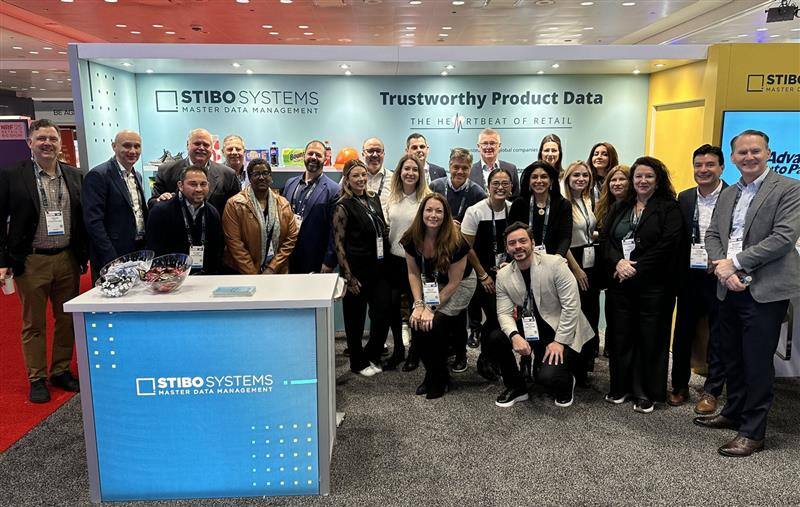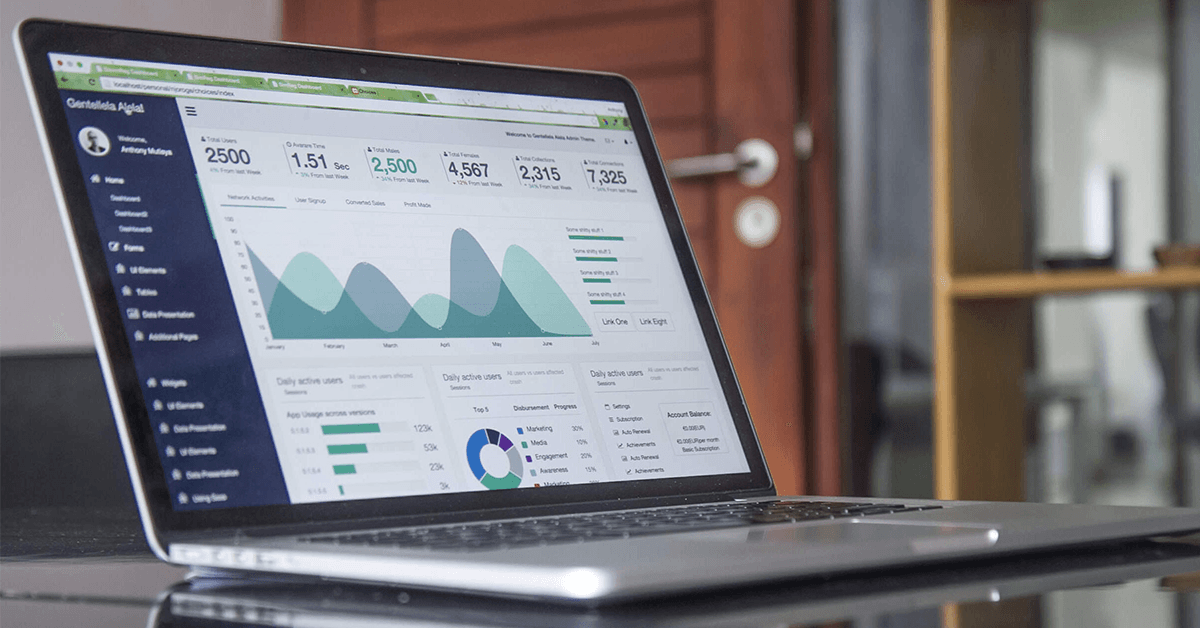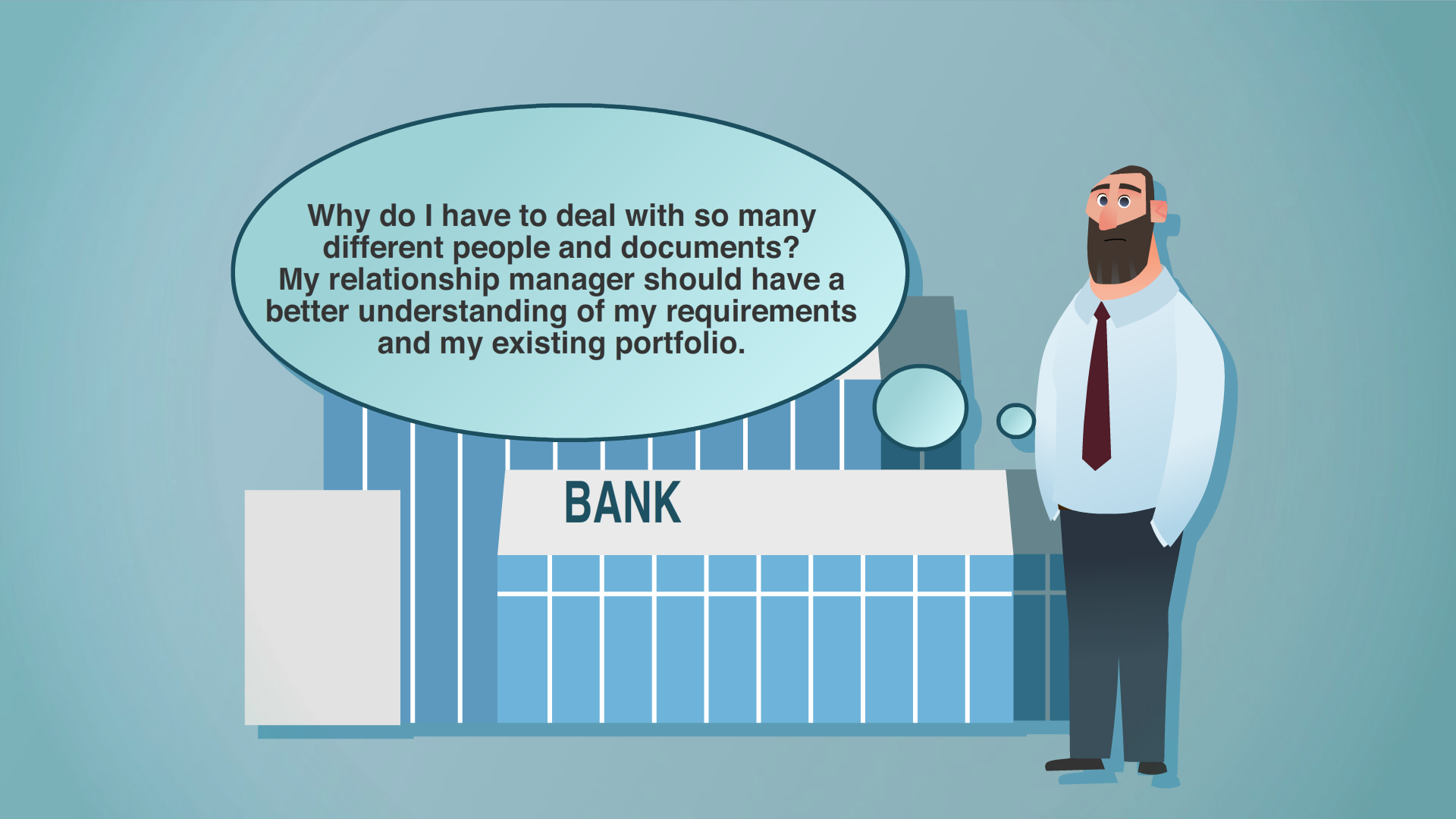Salesforce is acquiring Informatica, and if your product information management (PIM) strategy relies on Informatica Product 360, this $8 billion acquisition is more than just industry news. It’s a major shift that could leave Product 360 users watching from the sidelines.
While there are still many questions about the post-acquisition integration, it’s clear Salesforce didn’t acquire Informatica just to preserve the status quo. Their goal is to integrate Informatica’s core data management capabilities with the Salesforce platform to create a single, unified architecture built for agentic AI.
The deal is expected to close in early 2026, which is coming up soon. However, what’s missing is a clear place for enterprise-grade product data — and for Product 360 — in that agentic AI architecture, which is why your team should start asking the hard questions and lining up a Plan B right away.
Questions your leadership team should be asking
While some organizations may benefit from a deeper Salesforce integration, others could find themselves increasingly constrained by platform dependencies they never signed up for.
Integration projects of this scale typically take anywhere from 18 to 36 months, but the timeline to find a new solution is growing short. So, what will happen to Product 360 during this transition? Will it be prioritized or put on hold?
Here are the questions your IT and product teams should be asking right now:
Technical preparedness
- What’s our exit strategy if Product 360’s integration capabilities or product direction change?
- How dependent are we on Informatica-specific features (for example, PowerCenter mappings, legacy systems connectors or proprietary data workflows)?
- Which data sources, datasets and data volumes depend on Product 360’s pipelines or ETL processes?
- What’s the cost and timeline of migrating to a new solution, and will it support cloud-based or on-premises deployments?
- How will we maintain data quality, metadata lineage and data governance during a transition?
Business continuity
- Who are our key Informatica contacts, and how likely are they to stay post-acquisition?
- Can we maintain vendor neutrality and multi-cloud connectivity (AWS, Azure, Snowflake) under Salesforce’s ownership?
- Do we rely on pre-built connectors that may shift toward Salesforce-first integrations?
- How quickly can we pivot if needed without disrupting real-time data flows or customer-facing dashboards?
Strategic planning
- Does this acquisition align with our long-term architecture strategy?
- Which technology partnerships (Microsoft, Oracle, SAP, IBM) or data warehouses (Snowflake, SQL Server) are at risk if roadmap priorities change?
- What capabilities or functionality might we gain or lose in the process — for example, ease of use, low-code options, user-friendly user interfaces and/or support for diverse use cases?
- What contract or pricing model changes will affect the total cost of ownership over the next 3–5 years?
It’s never too early to start formulating your Plan B
While Salesforce is unlikely to sunset Product 360, it’s unclear whether future development will be a priority. This is the time to reassess your product data strategy and map out a Plan B on your terms.
To get started as soon as possible, follow this checklist:
- Audit current Product 360 dependencies and integration points: You should be evaluating existing data pipelines, ETL tools and integration workflows to identify potential bottlenecks or areas for improvement, with a focus on data engineering dependencies, data movement patterns and data integration tools.
- Discuss long-term data strategy with leadership: Your leadership should be engaging in conversations about the future of data governance, data mesh adoption and the role of AI in data processing.
- Explore alternative MDM/PIM solutions: Your team should be evaluating open-source platforms, cloud-native solutions and composable architectures to improve data integration and transformation capabilities.
- Engage with analysts and peers: Your leadership should be participating in discussions about data-centric security, autonomous data products and the impact of large language models on data curation practices.
- Build vendor relationships: You should be focused on establishing connections with providers and offering data integration platforms, data catalogs and real-time data processing solutions.
- Start internal gap assessments: You should start conducting evaluations of current data infrastructure, identifying areas lacking in metadata management, data quality and data observability.
How Stibo Systems PXDC stacks up to Informatica Product 360
As an Informatica Product 360 user, you know that product data management isn’t just another capability. Whether you're a retailer, ecommerce business or a CPG company, you need a best-in-class solution that supports the full product data lifecycle, from product onboarding to conversion.
Stibo Systems Product Experience Data Cloud (PXDC) is a powerful alternative to Informatica Product 360. PXDC allows you to turn your product data into a competitive advantage, delivering real results and long-term success.
For a direct comparison, here are the key features of Stibo Systems PXDC vs Informatica Product 360:
Vendor Independence & Multi-Cloud Support
- Informatica Product 360: Soon to be integrated into Salesforce's Data Cloud platform, leading to potential vendor lock-in and reduced flexibility.
- Stibo Systems PXDC: Offers a cloud-native, API-first platform that supports hybrid and multi-cloud deployments to offer flexibility and independence.
Flexible Integration & Transformation Engine
- Informatica Product 360: Provides ETL capabilities with a focus on structured data integration.
- Stibo Systems PXDC: Supports both ETL and ELT processes, handling large data volumes efficiently and offering a wide range of connectors and APIs for seamless integration across various platforms, including AI-powered enrichment and mapping to accelerate onboarding.
Strong Metadata, Governance & Lineage
- Informatica Product 360: Offers data governance features but may require additional configurations for comprehensive lineage tracking.
- Stibo Systems PXDC: Provides built-in data governance features, including data quality rules and the ability to audit changes for better data integrity and compliance.
Robust Orchestration & Workflow Control
- Informatica Product 360: Includes orchestration capabilities, but may require additional tools for big data or advanced workflow automation.
- Stibo Systems PXDC: Supports advanced orchestration capabilities (such as scheduling, real-time triggers, dependency graphs, monitoring, retry/alert logic and workflow automation) to make data management and process automation more efficient.
Scalable Architecture & Performance
- Informatica Product 360: Scalable, but may face challenges with performance as data volume and complexity increase.
- Stibo Systems PXDC: Features a microservices-based infrastructure that ensures continuous performance even with millions of records, complex workflows and simultaneous users across regions.
Transparent Total Cost of Ownership (TCO)
- Informatica Product 360: Pricing can be complex and may lead to unexpected costs.
- Stibo Systems PXDC: Offers clear and predictable pricing models, helping organizations understand the total cost of ownership and align it with business value.
Ecosystem & Skills Readiness
- Informatica Product 360: Has a broad ecosystem, but a steeper learning curve that may require specialized skills.
- Stibo Systems PXDC: With a strong partner network and comprehensive training resources for non-technical users, Stibo Systems ensures your team can quickly gain the skills needed to effectively use the platform.
Quick comparison: Stibo Systems PXDC vs Informatica Product 360
Here’s a quick side-by-side table to show how Stibo Systems compares to Informatica Product 360:
|
Informatica Product 360 |
Stibo Systems Product Experience Data Cloud (PXDC) |
|
|
Vendor Independence |
Soon part of Salesforce, with the acquisition set to close in 2026 |
Foundationally owned, independent |
|
Roadmap Clarity |
Uncertain, will be based on Salesforce’s priorities |
Transparent, predictable and steady innovation with clear roadmap including generative AI, PIM/PXM, syndication |
|
Platform Openness |
Integration with Salesforce platform; potential lock-in risk |
Open platform, APIs and partner flexibility, with many connectors and cloud services listed |
|
PIM Depth |
Legacy PIM leader, yet future roadmap unclear with new ownership |
Deep PIM + PXM + generative AI capabilities: product onboarding, enrichment, syndication, digital asset management, generative AI for content |
|
Customer Trust |
Too early to tell how customers will feel about new ownership |
Industry leader in PIM and MDM with a strong reputation and independent ownership, trusted by global brands |
Stibo Systems lets you focus on what you can control
With Informatica's Product 360’s impending integration into Salesforce's ecosystem, now is the critical time to consider a Plan B and secure an end-to-end approach to handling enterprise data. Acquisitions of this scale make change inevitable, but the real question is whether that change will serve your organization’s data strategy, and what you can do to stay in the driver’s seat.
Stibo Systems PXDC is a high-performance alternative to Product 360, designed to meet your business needs. With advanced machine learning capabilities, PXDC streamlines data transformation processes, enabling efficient handling of complex data. Our SaaS solution provides scalability and flexibility to adapt to modern data needs. Transitioning to PXDC not only ensures continuity but also positions your enterprise for future growth and innovation.
Ready to take back control? Find out how switching to Stibo Systems puts your product data strategy first.




































































































































































































